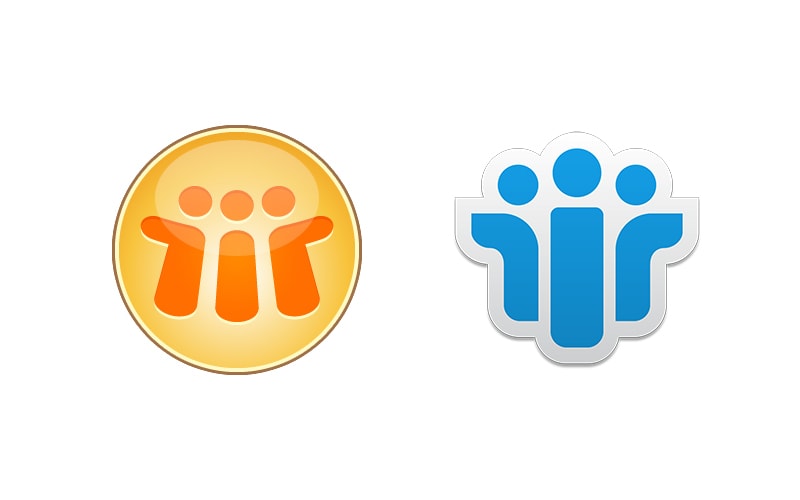By Ram C. Kumar
Trends shaping Information technology
Massive trends are reshaping Enterprise IT. It is buffeted by a converging storm of mobile, social and cloud technology such that, a decade from now, the Enterprise IT world is going to be a very different place. Trends like BYOD, BYOE, “Bring your own whatever” will have changed the role of the enterprise user as a designer and consumer of IT services, with devices acting as smart endpoints in a programmable hub on the cloud of apps and services.
Enterprise IT is at the cusp of change and it could be a decade-long wave of change, as those changes have ramifications far beyond the server room. It demands changes in the ways we account for in Enterprise IT from Capex to Opex, to business processes, to regulatory frameworks. It also means changes to security, user interfaces, design, development tools — to the entire suite of applications, tools and services that make up the modern IT department.
We will see a change in the way software is built, in the way apps are architected, in the way apps are delivered, paid for, and managed — and in the way everything is managed. With internal and client facing services at the heart of everything, the familiar enterprise world of licensed apps for B2C, B2E, B2B will be very different — it would be a world where the professional and the personal are blending, and where context, location, speed and user experience will determine what apps will succeed at any time, any place and on any device.
Renaissance for Enterprise IT
It’s clear that what is needed for an enterprise, and an enterprise user is a fast route to shaping, configuring and customizing the app experience on any device anytime and anywhere instead of what Enterprise IT hands over for access on the desktop.
Now we are in the era of the Consumerization of IT (COIT) and BYOD, where individual workers and business departments are supposed to be able to access business functions on any device. They should be able to rent hardware and software, the virtual machines, the applications, the storage capacity, the big data processing capacity, and so on.
The area of IT that is quickly being impacted is the mobile enterprise apps segment. Findings of recent surveys by Citrix and Mobile Helix indicate that 70+ percent of enterprises view mobility as top priority for their businesses. Users want access to the applications of their choice on any device, not just email. They also want the applications to be customized and configured for their own individual and personalized mobile experiences — quite different from the “one size fits all” model that Enterprise IT has applied all these years.
Users want the data and workflow of any enterprise app to be made available on any device, with the ability to customize and personalize the workflow with other ready to use services and consume them on any device for a satisfying user experience. They also want this to happen in real time, with little time or cost. At the same time, they want these applications to be of the same levels of security authentication, authorization and privacy fitting with Enterprise IT guidelines. In other words, they want flexibility, but with control.
Enterprise IT management
Enterprise IT clearly has a role to play with mobile enterprise apps, albeit in a shared decision model with the business user. The ideal state is when a business user can make these choices without IT’s knowledge or approval. However, we have not reached that stage yet, and may never. In fact, Enterprise IT will always play a role to select, install and maintain apps, servers, networks and, going forward, select, source and maintain services. Better still, they have a role to create an enterprise mobility strategy. They may do this in a shared decision model with the enterprise user unlike the lone wolf model of the past decade.
Mobile enablement within enterprises will lead them to become the custodian and cheerleaders of the mobile enterprise app store. It’s about a vision using mobile technologies to change or transform enterprise business processes and work flow. It’s about a strategy to improve the top lines and bottom line of an enterprise through a shared decision making model with business users. Enterprise IT will keep in mind that it is by employing smarter experience through mobile enterprise apps that results in smarter workers and a smarter, sustainable enterprise.
Author: Ram C. Kumar
Founder, CEO, MoNimbus Inc. Ram C. Kumar has a 20 year track record of building Enterprise software and service business. He has an MS in Computer Science and MBA from Boston University. He is a member of the Boston University advisory board.






